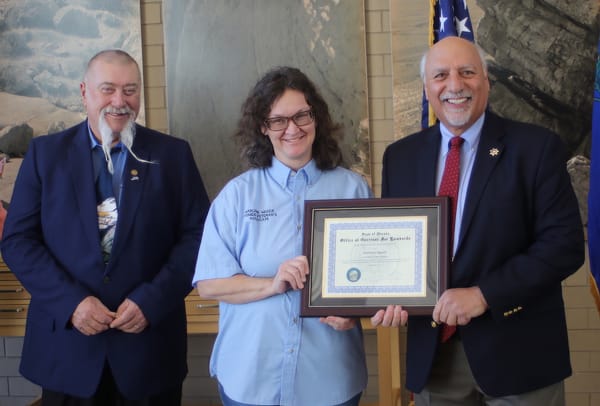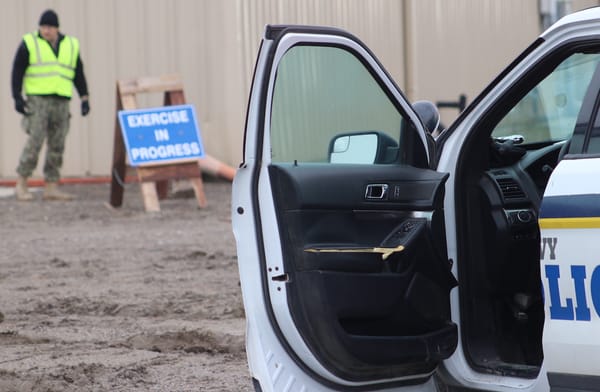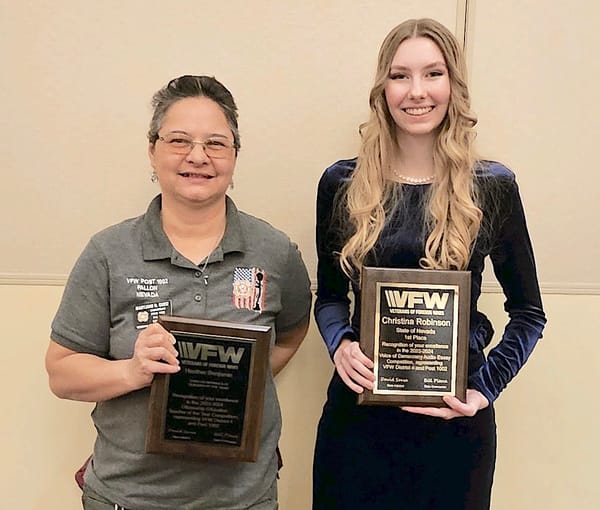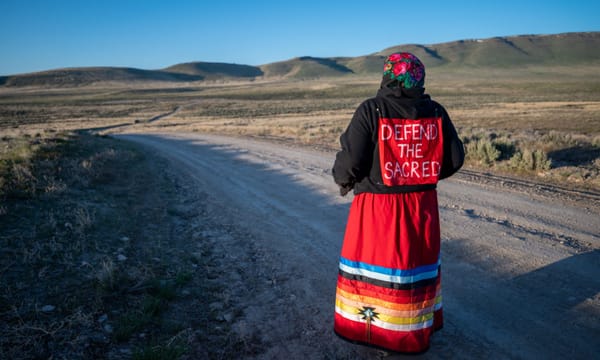Experiment Station projects serve Nevadans at facilities throughout state, part 2

Submitted by University of Nevada, Reno
RENO–This week the University of Nevada, Reno is touting the diverse research being conducted at its various Experiment Station facilities throughout the state. The research unit is a part of the University’s College of Agriculture, Biotechnology & Natural Resources. It maintains a network of field stations throughout the state, providing researchers different environments where they can experiment on a larger scale while supporting the needs of the nearby communities.
“I think it’s really an exciting time for the Experiment Station, as our research is expanding throughout the state and our faculty are heavily engaged in projects that will serve to help our stakeholders in all areas of Nevada,” Chris Pritsos, director of the Experiment Station, said. “We’re really expanding our research capacity throughout the state. Our faculty have gone out and successfully competed for grants to support their work, and we are making significant impacts, whether it be in the area of water, agriculture production, environmental science or the cattle industry.”
Nevada State News, this week, is sharing details the University has provided on some of the projects occurring at the different field stations, including those done in partnership with UNR’s Extension and other partners. This is the second of a five-part series.
Gund Ranch Research & Training Center
The Experiment Station’s Gund Ranch Research & Training Center, 10,600 acres located 45 miles northeast of Austin in Elko County, is the only Experiment Station facility with a public lands grazing permit for about 90,000 acres alongside private grazing land. It maintains an active commercial cattle herd, which provides the University with insight into the same challenges and issues that other producers using public lands face.
“The ranch is treated like other commercial livestock production services, but also has the research component,” Ranch Manager and Staff Research Associate Jon Wilker said. “It has to adhere to the rules and regulations of federal grazing, which provides a unique opportunity to do research on a commercial livestock herd grazing on public lands.”
Past research includes investigating soil microbes after range fire, and studies on cheatgrass and timing of grazing to control noxious weeds. Current studies include ongoing research with grazing and heifer development, and monarch butterfly and milkweed interactions.
In addition, the Ranch is involved in the U.S. Department of Agriculture’s Legacy Ranch Project. The department’s Agricultural Research Service is building a large database with information tracking the livestock production industry over the years. Data from several ranches nationwide span multiple metrics on different factors that have an impact on livestock producers, such as conception rates, weaning rates and changes in cattle prices. The Ranch has 13 years of livestock records to contribute, and continues to add more. In addition, the Ranch has a National Weather Service site on the property, so they can also provide information on how weather data is tied to these metrics.
Great Basin Research & Extension Center
In September of 2020, the Experiment Station opened the Great Basin Research & Extension Center. This 644-acre ranch in Eureka County’s Diamond Valley maintains a herd of sheep for research and funding. In addition, they plan to expand into research for crops, rangeland maintenance and other issues of local interest. The Center is operated in partnership with Extension.
One of the existing projects at the Center is investigating ways to help domestic sheep and wild bighorn sheep coexist by reducing the spread of Mycoplasma ovipneumoniae, which is often fatal to wild bighorns. The Nevada Department of Wildlife currently prevents the spread of the disease by prohibiting domestic grazing in rangeland spaces too close to wild herds, as wild bighorns don’t discriminate between domestic and wild when building their herd and establishing their territory.
The project, done in partnership with the Nevada Department of Wildlife, aims to breed Rafter 7 sheep, which are world-renowned for both their wool and their meat, to be resistant to the disease. The Rafter 7 breed itself was originally developed 30 years ago through Experiment Station research under the direction of the College’s Hudson Glimp, professor emeritus of animal biotechnology.
“If we can develop a genetically resistant herd,” Center Director Gary McCuin explained, “then we can reduce the harmful interactions between the [domestic and wild herds] and potentially increase the habitat range for both in Nevada and across the West.”
McCuin, who is also Extension educator in Eureka County, said there are plans to study using sheep to reduce larkspur on grazing rangeland as well, as the plant is fatal to cattle. The herd will also help fund the Center through annual sheep sales and the sale of wool products. Currently, Mountain Meadow Wool in Buffalo, Wyoming, is producing value-added wool products to sell to University alumni and through the University’s Nevada Wolf Shop, and McCuin is working with local businesses to sell the products as well.
This summer, the Center will also be one of three Experiment Stations involved in a sorghum and irrigation study. Associate Professor Robert A. Washington-Allen and Assistant Professor Manuel Alejandro Andrade-Rodriguez, both with the College’s Department of Agriculture, Veterinary & Rangeland Sciences, are adding a variable rate irrigation system to a center pivot irrigation system. The variable rate center pivot will allow the application of different watering levels to plots at the Center to study how different sorghum varieties respond to full (no water stress) and deficit (moderate and severe water stress) irrigation treatments.
“The variable rate system allows you to control individual sprinklers of a center pivot to control how much water you’re applying to different areas of the field,” Andrade-Rodriguez said. “To the best of my knowledge, this is the first time that a variable rate irrigation system will be used in Nevada.”
Since the Center is far from the other two involved stations, the team is experimenting with using internet-connected sensors to collect and transmit via Wi-Fi hourly soil moisture data that can be accessed from the Valley Road Field Lab.
Source: University of Nevada, Reno





